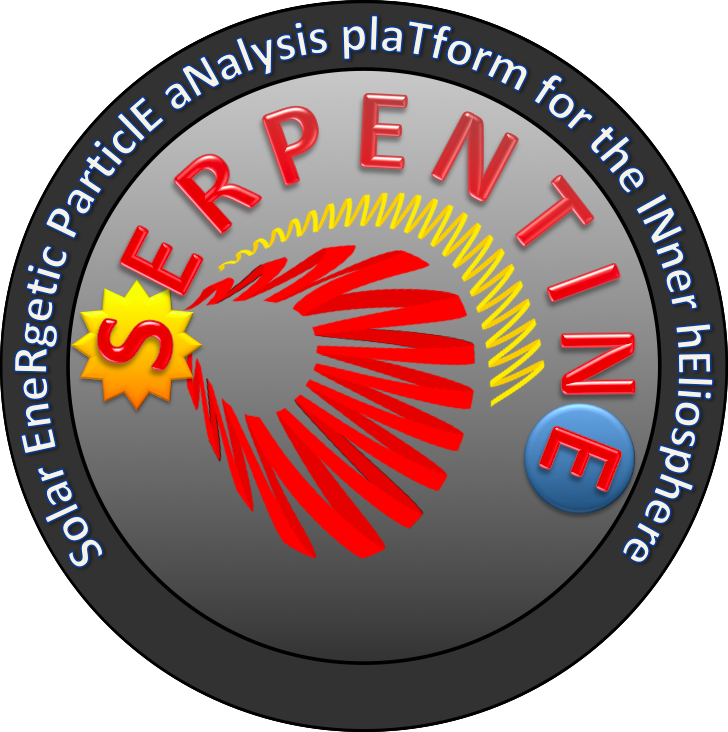HDPm is a simple geometrical model to describe the propagation and longitudinal extension of a disturbance
in the heliosphere and HDPt is a lightweight tool that can be used to visualize the model results and perform
case studies. The implementation of the Heliospheric Disturbance Propagation Model is described by Kouloumvakos et al. (2021).
A preview of this tool is available in 
HDPmt is written in Python >=3.8 and has some package requirements, which are listed in the requirements.txt and environment.yml files. To run locally this application we recommend to create its own virtual environment in python.
Recommended (conda)
We create the virtual environment (see here) and install the dependent packages by doing the following in the terminal,
conda env create -f environment.yml
conda info --envsThen every time before using HDPmt, you have to activate the environment and when finishing your work deactivate it using the following commands,
# Activate the enviroment
conda activate HDPmt
# Here you run _HDPmt_ (see Run locally section)
# When you are done you can deactivate a virtual environment
conda deactivateAlternative (pip)
You can create a virtual environment in Python inside the HDPmt project (root) folder using pip and by doing the following in the terminal,
# Create the virtual environment in _HDPmt_'s root folder
python3 -m venv env
# Activate the environment
source env/bin/activate
# install the required packages using pip3
pip3 install -r requirements.txt
# When you are done you can deactivate a virtual environment
deactivateNow you can run any part of the HDPmt (see Run locally section).
You may also add your HDPmt directory to the environment variable PYTHONPATH. This is useful if you need to run HDPmt tests or when you need to run some of the package modules out of streamlit.
In the terminal use the following and change the <HDPmtRootDir> with your path.
export PYTHONPATH="${PYTHONPATH}:<HDPmtRootDir>/HDPmt"
For a permanent solution, if you're using bash (on a Mac or GNU/Linux distribution), add the above line to your ~/.bashrc file (changing the <HDPmtRootDir> with your path first).
Install the required python packages, and then run the application with streamlit. Open a terminal to HDPmt directory and run
# Run the application using streamlit
streamlit run HDPt_app.py
The application should now open in the default browser!
Complete documentation of the HDPmt can be found in (under construction)
If you use HDPmt for work or research presented in a publication, please cite this package by including in the Acknowledgement section the following: "This research has made use of HDPmt v?.?.? (fill the version), an open-source and free Python package (include zenodo citation here) developed to model the propagation of a heliospheric disturbance.". Include the HDPmt citation in your paper's reference list.
- SunPy: The community-developed, free and open-source solar data analysis environment for Python.
- AstroPy: The Astropy Project is a community effort to develop a single core package for Astronomy in Python.
The development of the online tool has received funding from the European Union's Horizon 2020 research and innovation programme under grant agreement No 101004159 (SERPENTINE).




